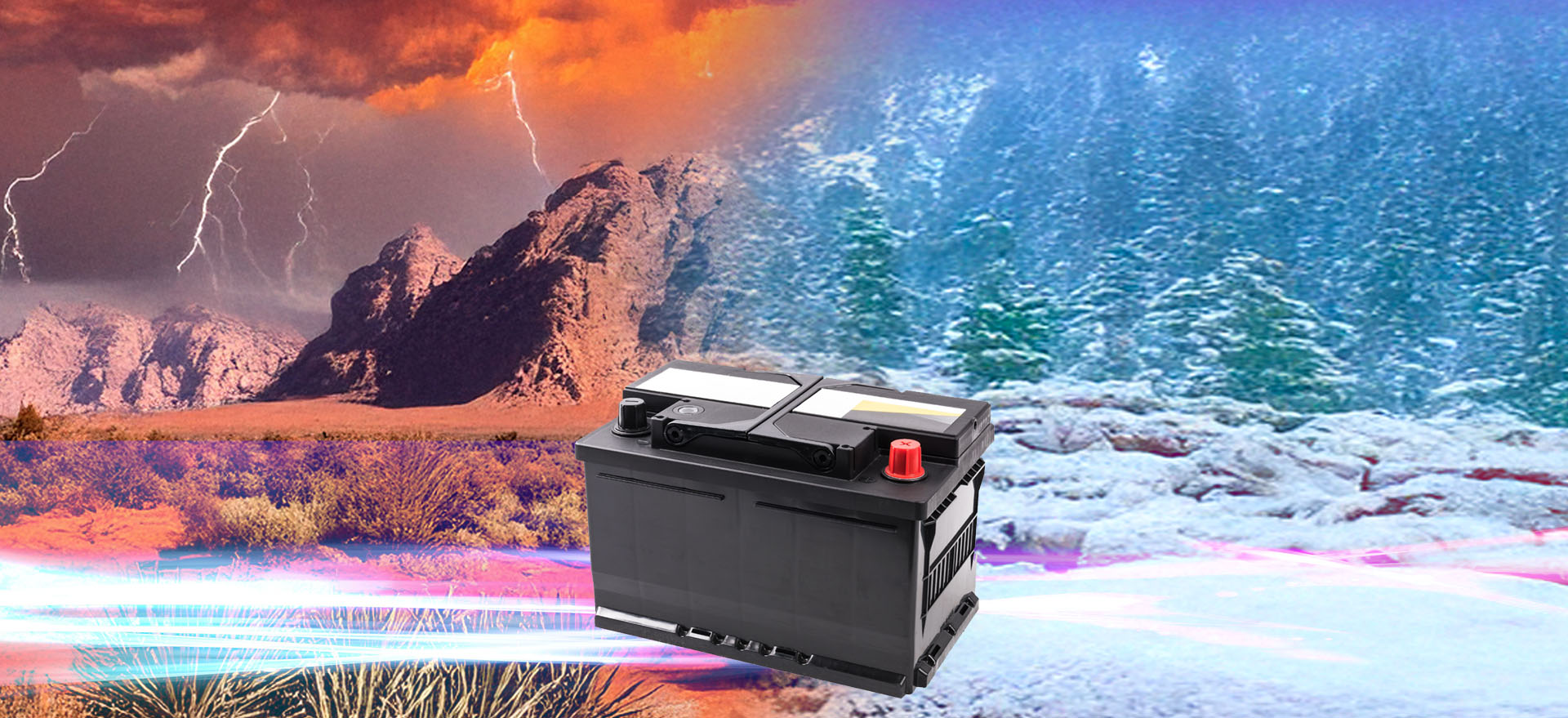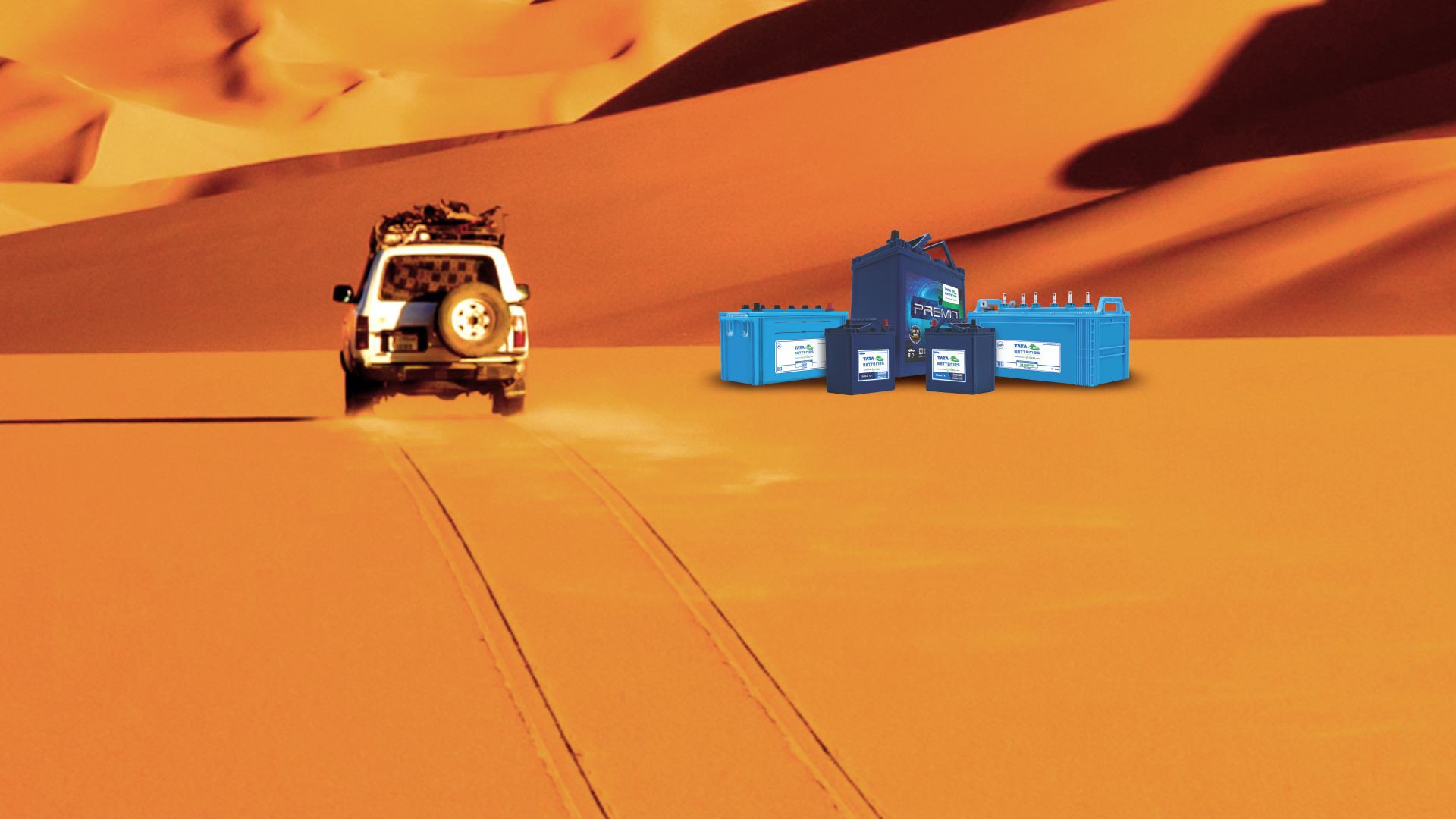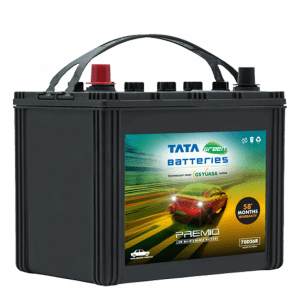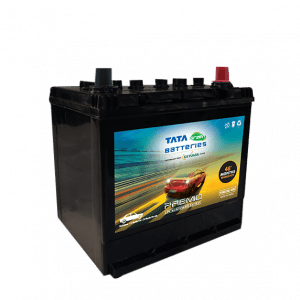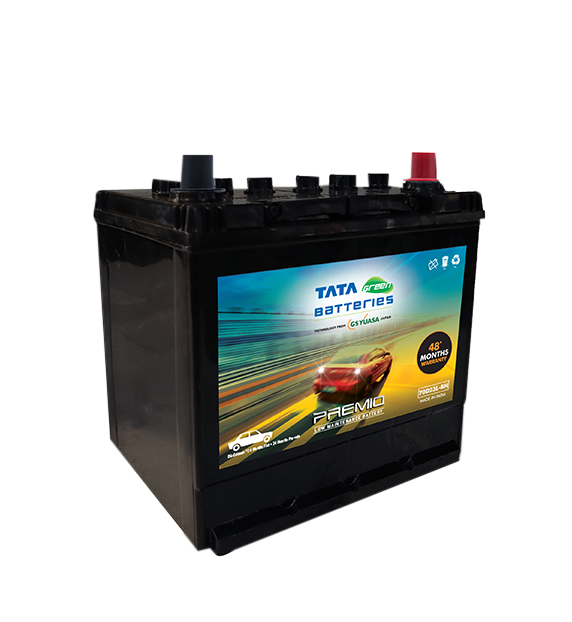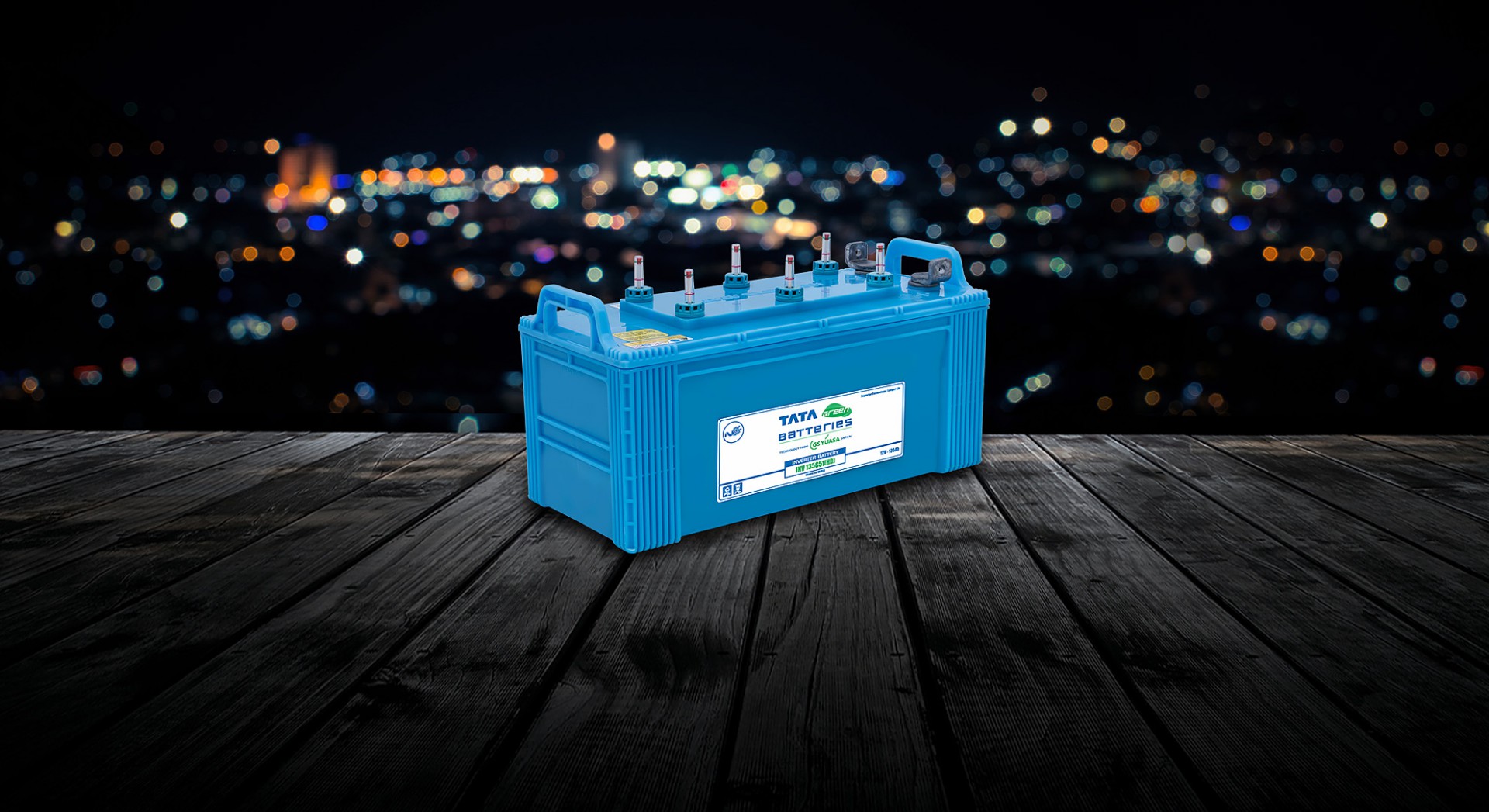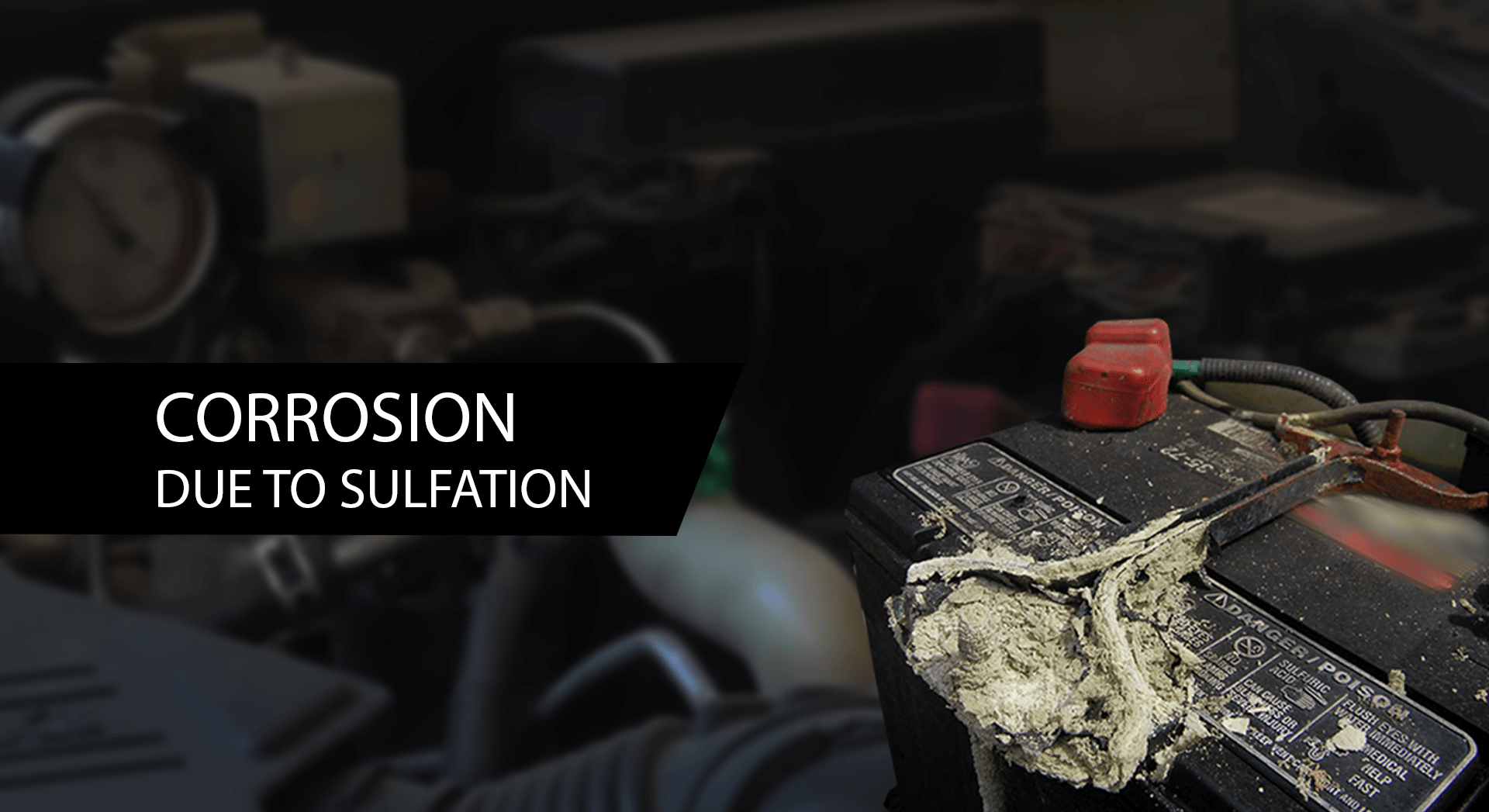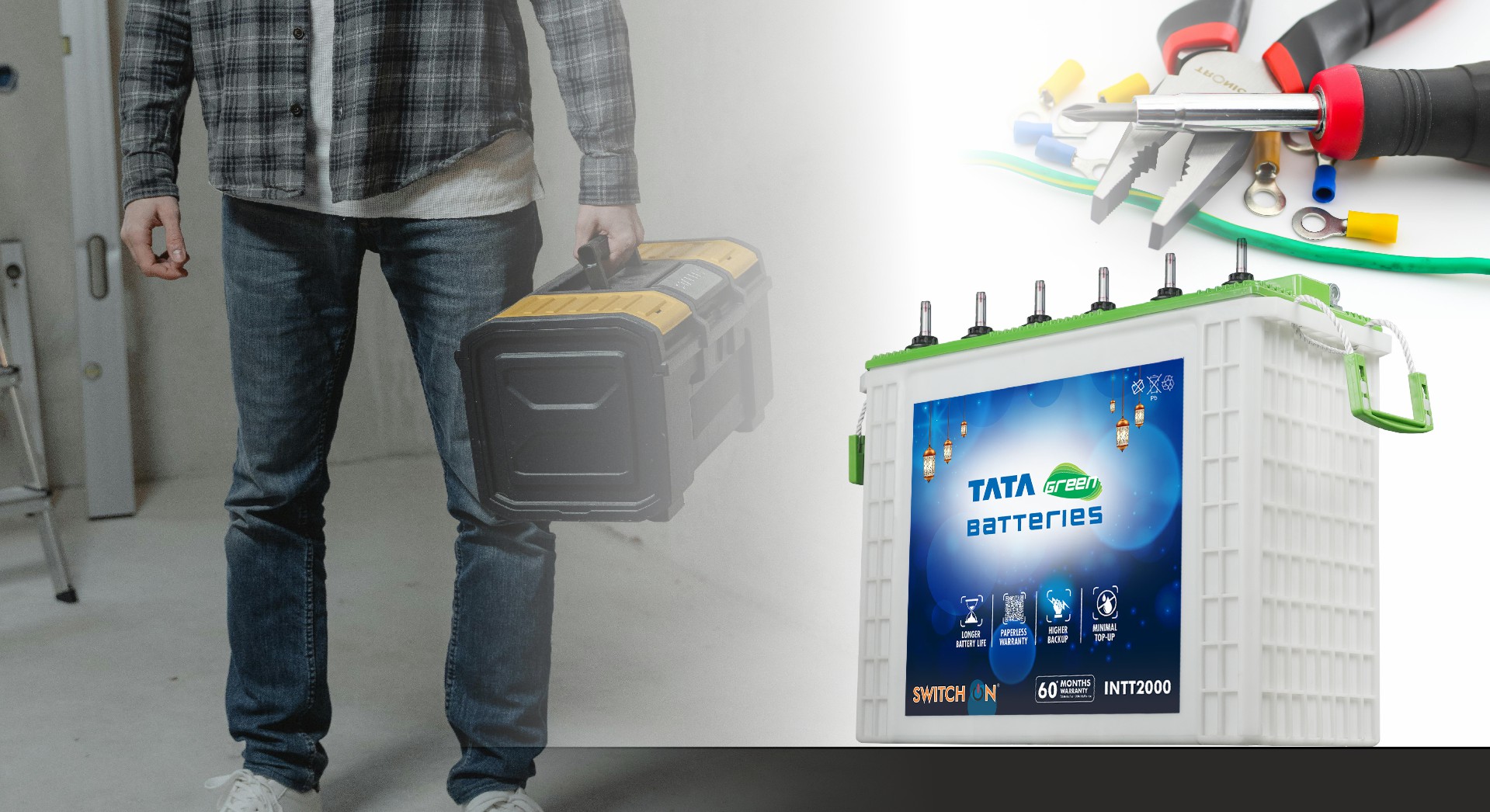When you turn the key on a cold winter morning and your engine hesitates before coming to life, your car battery’s Cold Cranking Amps (CCA) might be the reason. Understanding CCA is essential if you want your vehicle to perform reliably, especially in colder climates. In this blog, we’ll break down what Cold Cranking Amps really mean, how much you need and how it affects different types of vehicles, like cars and trucks.
What is Cold Cranking Amps?
Cold Cranking Amps is a rating used to define a battery’s ability to start an engine in cold temperatures. Specifically, it refers to the number of amps a 12-volt battery can deliver at 0°F (-18°C) for 30 seconds while maintaining a voltage of at least 7.2 volts.
Here’s a simple chart to understand CCA ratings:
| CCA Rating |
Suitable For |
Climate Suitability |
| < 400 |
Small vehicles, motorcycles |
Warm climates |
| 400–600 |
Most sedans and compact SUVs |
Moderate to cold climates |
| 600–800 |
Large SUVs, trucks |
Cold climates |
| 800+ |
Heavy-duty trucks, diesels |
Extremely cold environments |
How Much CCA Should a Battery Have?
The right CCA rating for your vehicle depends largely on its engine size and the climate in which you live. Choosing a battery with too low CCA rating can result in hard starts or complete failure in cold weather, while going too high might be unnecessary for your needs.
Let’s break it down by vehicle type:
-
CCA for Cars
Most modern cars, especially those with gasoline engines, require batteries with a CCA rating between 400 to 600. Compact cars may be fine on the lower end of that range, while larger sedans or SUVs with additional electrical systems may benefit from a battery rated closer to 600 CCA.
-
CCA for Trucks
Trucks, especially diesel-powered ones, require significantly more cranking power to start the engine, often between 700 and 1,000 CCA or more. These engines are bigger and require more torque to start, especially in colder temperatures.
How Important is Cold Cranking Amps?
CCA is crucial if you live in a region where temperatures regularly dip in winter or in monsoons. In cold weather oil thickens and internal friction increases, making the engine harder to start. That’s when the battery’s ability to deliver high amperage quickly becomes essential.
Even in warmer climates, having the right CCA rating ensures that your battery won’t struggle during early-morning starts or after long periods of inactivity. It’s not just about starting power, it’s about reliability.
Impacts of Cold Cranking Amps on Engines
A battery with insufficient CCA might not start your engine at all or it may do so sluggishly, putting additional strain on your starter motor and other components. Over time repeated hard starts can wear out the engine more quickly and reduce fuel efficiency due to incomplete combustion during the first few seconds of operation.
On the other hand, a battery with a higher CCA rating than required won’t harm your engine. It will offer greater reliability, especially during winter months or if your vehicle has multiple accessories drawing power at startup.
Do Higher CCA Batteries Last Longer?
Not necessarily. While higher CCA batteries are built to deliver more power, it doesn’t mean they have a longer lifespan. Battery lifespan depends more on:
- Quality of the battery
- Maintenance
- Usage habits
- Climate conditions
However, higher CCA batteries often contain more lead, arguably making them more robust and more durable.
For instance, Tata Green Batteries are known for their high cranking power, high durability and low to no maintenance.
What Causes a Battery to Lose CCA?
Several factors can reduce a battery’s CCA over time:
- Sulfation: The buildup of lead sulfate crystals on the plates reduces electrical performance.
- Corrosion: Especially around terminals, it can limit current flow.
- Extreme temperatures: Both hot and cold conditions can degrade the internal structure.
- Frequent short trips: These prevent the battery from fully charging thus shortening its life.
- Age: As batteries age, their ability to hold and deliver charge diminishes naturally.
Cold Cranking Amps vs Cranking Amps (CA) vs Marine Cranking Amps (MCA)
These terms are often used interchangeably but they’re not the same:
| Term |
Test Temperature |
Duration |
Minimum Voltage |
Used For |
| CCA |
0°F (-18°C) |
30 seconds |
7.2V |
Cars, trucks, cold climates |
| CA/MCA |
32°F (0°C) |
30 seconds |
7.2V |
Mild climates |
CA and MCA ratings are higher than CCA, but they aren’t as helpful in extremely cold conditions. Always look for the CCA rating when selecting a battery for cold-weather performance.
Final Thoughts
Understanding Cold Cranking Amps (CCA) is crucial for ensuring your vehicle starts reliably, regardless of the weather.
When in doubt, refer to your owner’s manual or consult a technician. You can also check with the nearest Tata Green Batteries dealer to know about the exact CCA that your vehicle needs. Remember, a battery with the right CCA rating can make the difference between a smooth start and being stranded in the cold.

